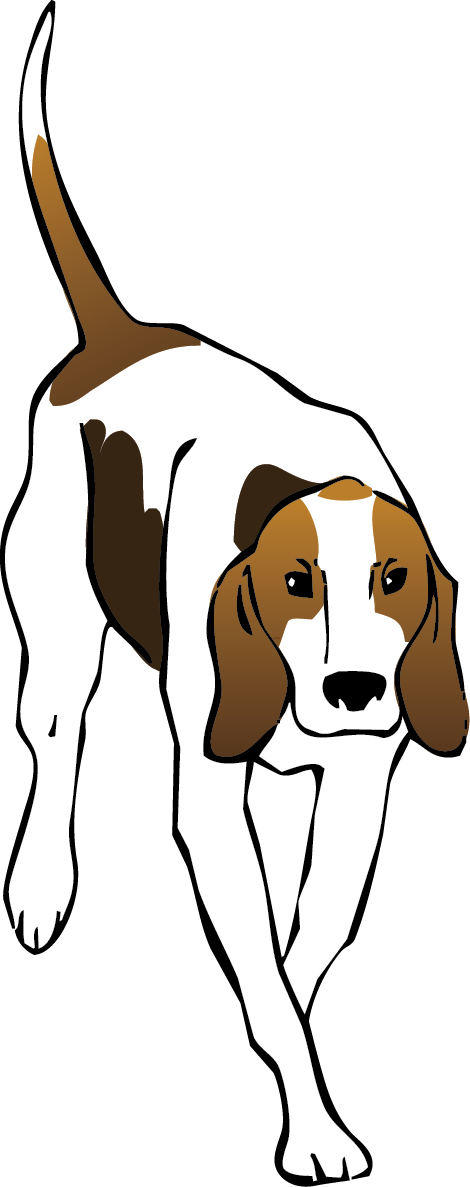Courtesy of the Pennsylvania Game Commission
The Eastern Coyote
Illustration by Doug Pifer
Early in the twentieth century, at the behest of western ranching and agricultural interests that were losing stock to predators, the U.S. Government instituted program after program designed to erase the wolf, grizzly bear, mountain lion, and coyote from the landscape. The programs were mostly successful in their purpose: the wolf, grizzly, and mountain lion were driven nearly to extinction. The coyote, however, was the one predator that not only survived the pressure, but increased its population and its range. How it did that is one of the mysteries of the animal world.
The Pennsylvania Game Commission has published an excellent study of the eastern coyote (Wildlife Note 39), which we believe readers—even those familiar with the species—will find substantive and revealing. We republish it here with the kind permission of the Pennsylvania Game Commission.
The eastern coyote has stirred as much interest and emotion as any other animal in Pennsylvania. Seeing a coyote or hearing the howl of this wild, wily animal is a great reward of nature to many people. Others fear this animal just knowing it is in the wild. Some sportsmen dislike coyotes because they think the predators kill too many game animals. Trappers and hunters find coyotes to be especially challenging. Some farmers lose livestock due to coyote predation. The coyote has been referred to as the brush wolf, prairie wolf, coy-dog (misnomer) and eastern coyote.
The eastern coyote, Canis latrans, is found throughout the northeastern United States and southeastern Canada. Recent research shows the eastern coyote is an immigrant, the origin of which likely involved interbreeding between coyotes and gray wolves. Analysis of DNA suggests coyote-wolf hybridization has occurred. Other studies indicate that the eastern coyote is intermediate in size and shape between gray wolves and western coyotes. As a result, the eastern coyote exhibits different behavior, habitat use, pelt coloration, prey preferences and home-range sizes from its western cousin. The eastern coyote is the largest canine found in Pennsylvania. The following information pertains to the coyote in Pennsylvania and throughout northeastern United States.



















